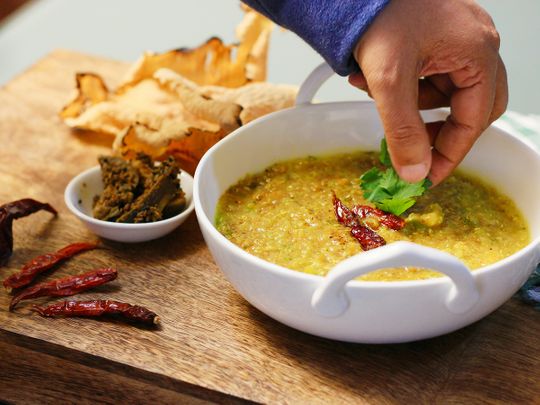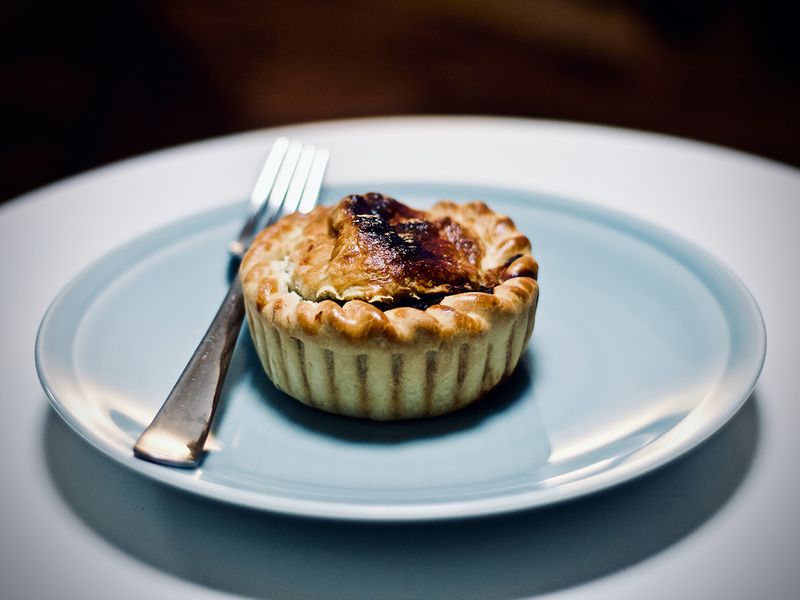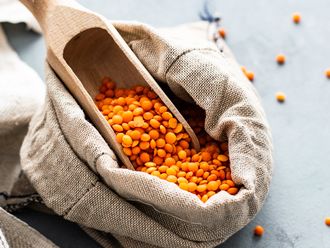
How ancient is the food on your plate?
Click start to play today’s Spell It, where we delve into age-old ‘recipes’. Don’t forget to visit Gulf News’ Food section for guides, recipes, and more interesting information on global cuisines.
Some of our favourite recipes originated thousands of years ago, and even in times past, many of them involved elaborate instructions and measured ingredients. It makes sense, though. Food is the cornerstone of human civilisation, intrinsically linked to the land, societal classes, religious ceremonies and technological progress. It’s why there’s an entire field of study dedicated to it: food archaeology.
Here are a few recipes that are incredibly old, with some that have unfortunately been lost to the times. Either way, they’re guaranteed to make you appreciate what’s bubbling in your stovepot even more:
1. Meat pie, 1700BC

Enjoyed for over 3,000 years, the earliest meat pie recipe comes from ancient Mesopotamia, where it was recorded on tablets dating to 1700BC. The tablets were only translated from ancient Assyrian in 1985, when French academic and chef Jean Bottero took up the task. Today, the three tablets that describe how to make an ancient meat pie, along with detailed instructions for various stews, are held in US-based Yale University. Interestingly, the meat pie recipe focuses on ‘nose-to-tail’ eating, utilising all parts of birds when cooking, from the gizzard to the ‘pluck’. Learn how to make Argentinian meat pies.
2. Khichdi, 1200BC
Across South Asia, khichdi is beloved as a form of comfort food for all seasons. And it has been this way for generations. Although khichdis can be sweet or savoury, porridge-like or dry, vegetarian or with meat, most tend to have two base ingredients – rice and legumes. Archaeological records suggest people on the Subcontinent have been eating this versatile combination since as far back as 1200BC. Indian philosopher and statesman Chanakya wrote a recipe for khichdi in 300BC as the ideal balanced meal for every gentleman. And in the 14th century AD, renowned Moroccan explorer Ibn Battuta described how he saw people in South Asia – especially the poor – eating khichdi made with rice, mung bean and butter. Today, it remains a versatile staple, still beloved for its adaptability to different tastes and needs. Learn more about how to make a classic bowl of khichdi or try making a Goan-style sweet version.
3. Frumenty, 1381

As one of the dishes that was a staple in medieval European communities for centuries, frumenty has since vanished without a trace. It was basically boiled wheat, cooked in an almond broth, with sweet flavourings and fruits. Since the concept of dessert is a modern invention, at the time, both sweet and savoury dishes were eaten at the same time. So, you would find frumenty eaten alongside savoury dishes like meat. The oldest such recipe comes from a medieval recipe collection called The Forme of Cury, dating back to 1381.
What do you think of these ancient recipes? Play today’s Spell It and tell us at games@gulfnews.com.








